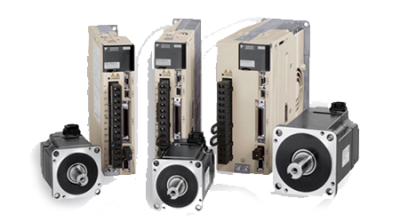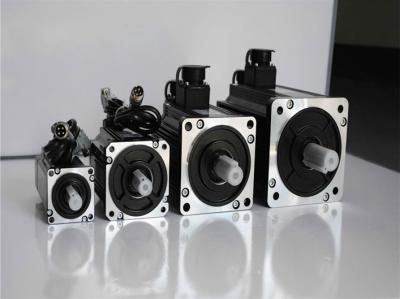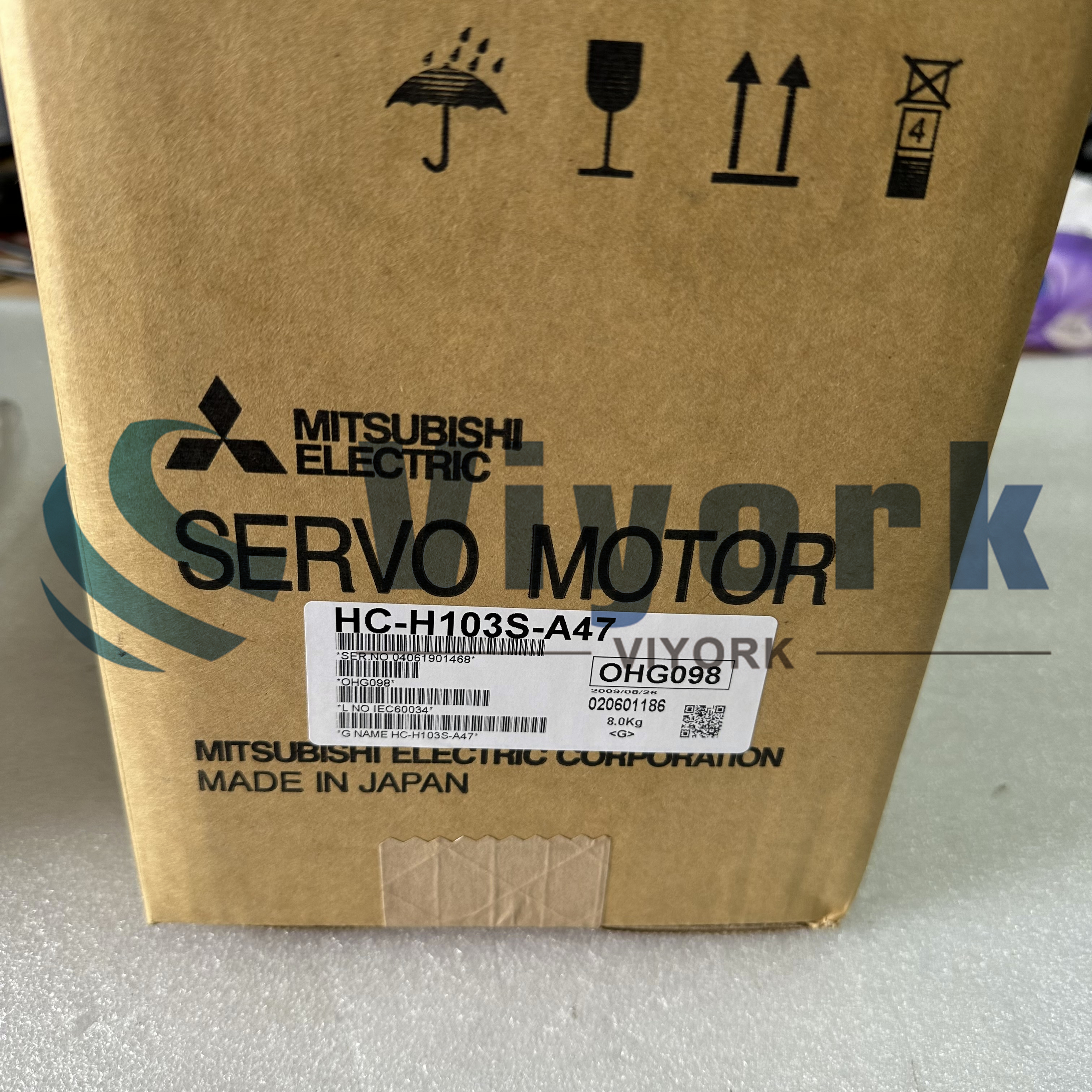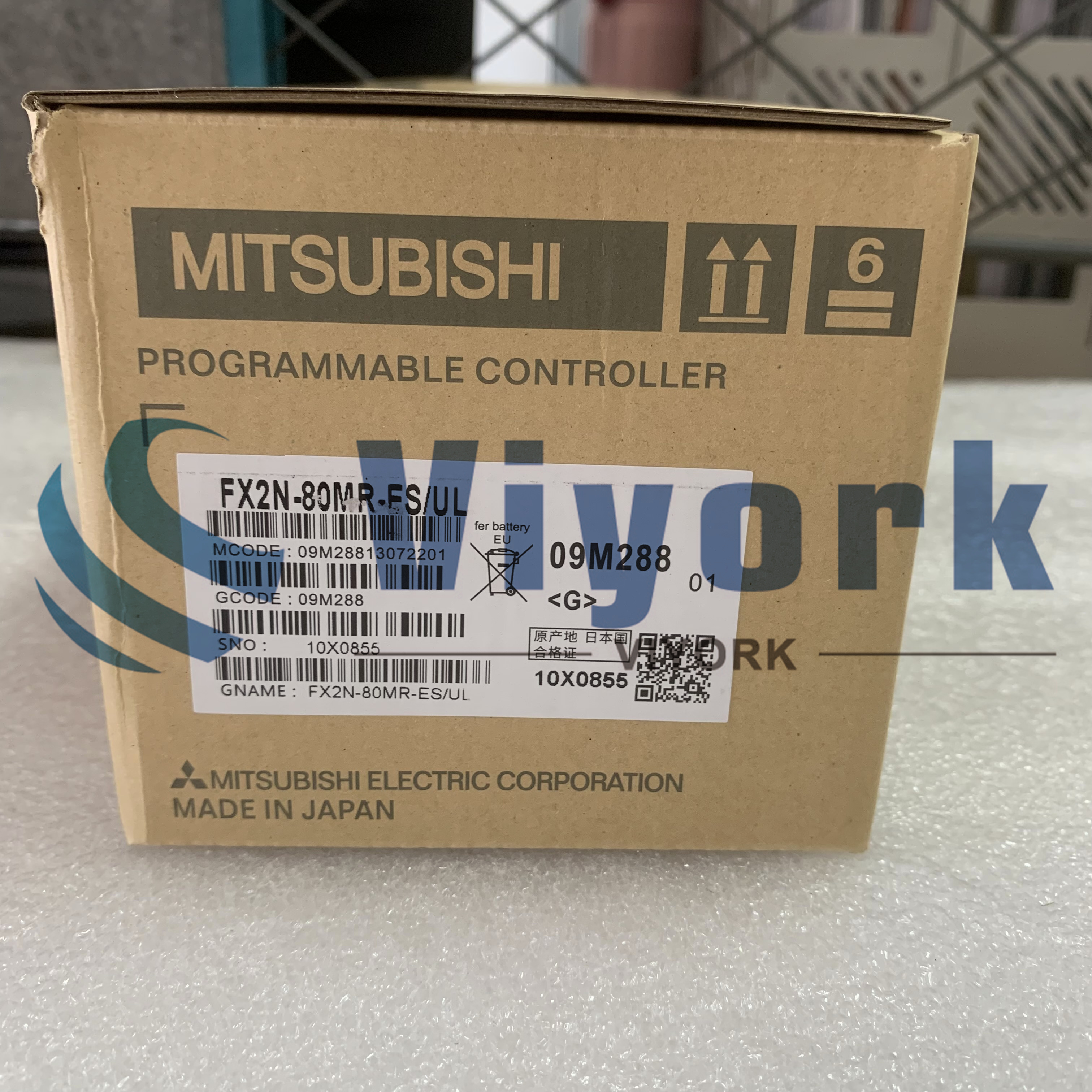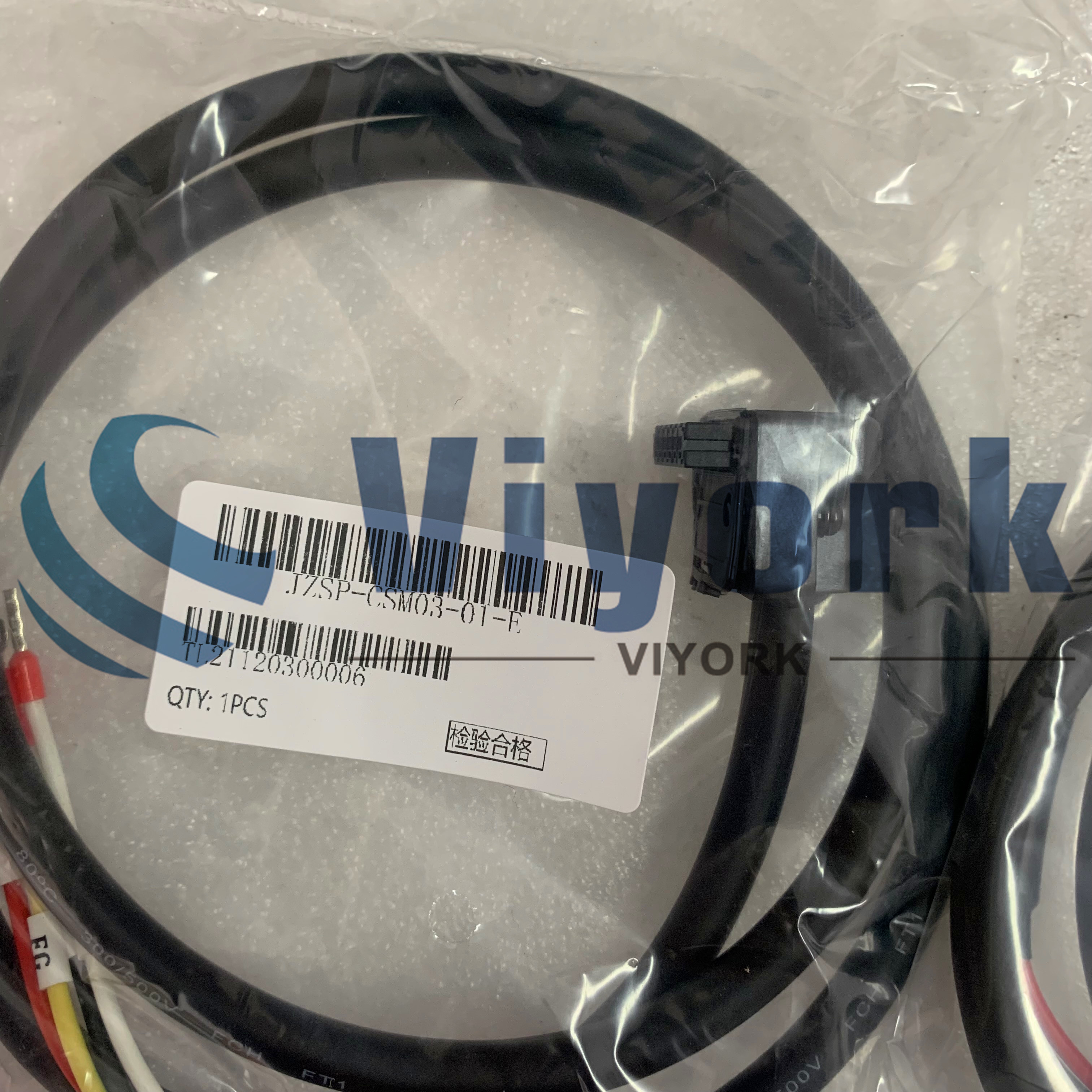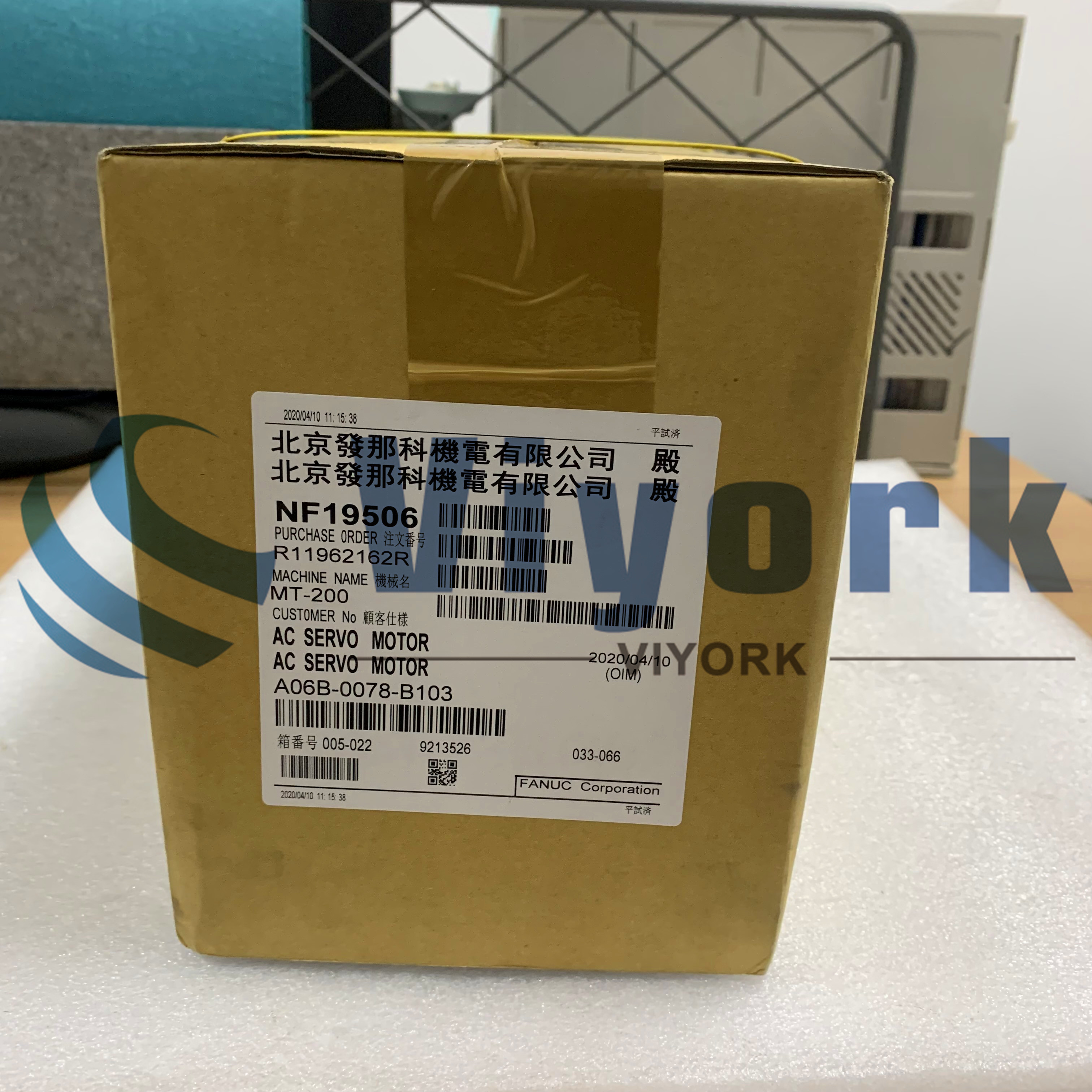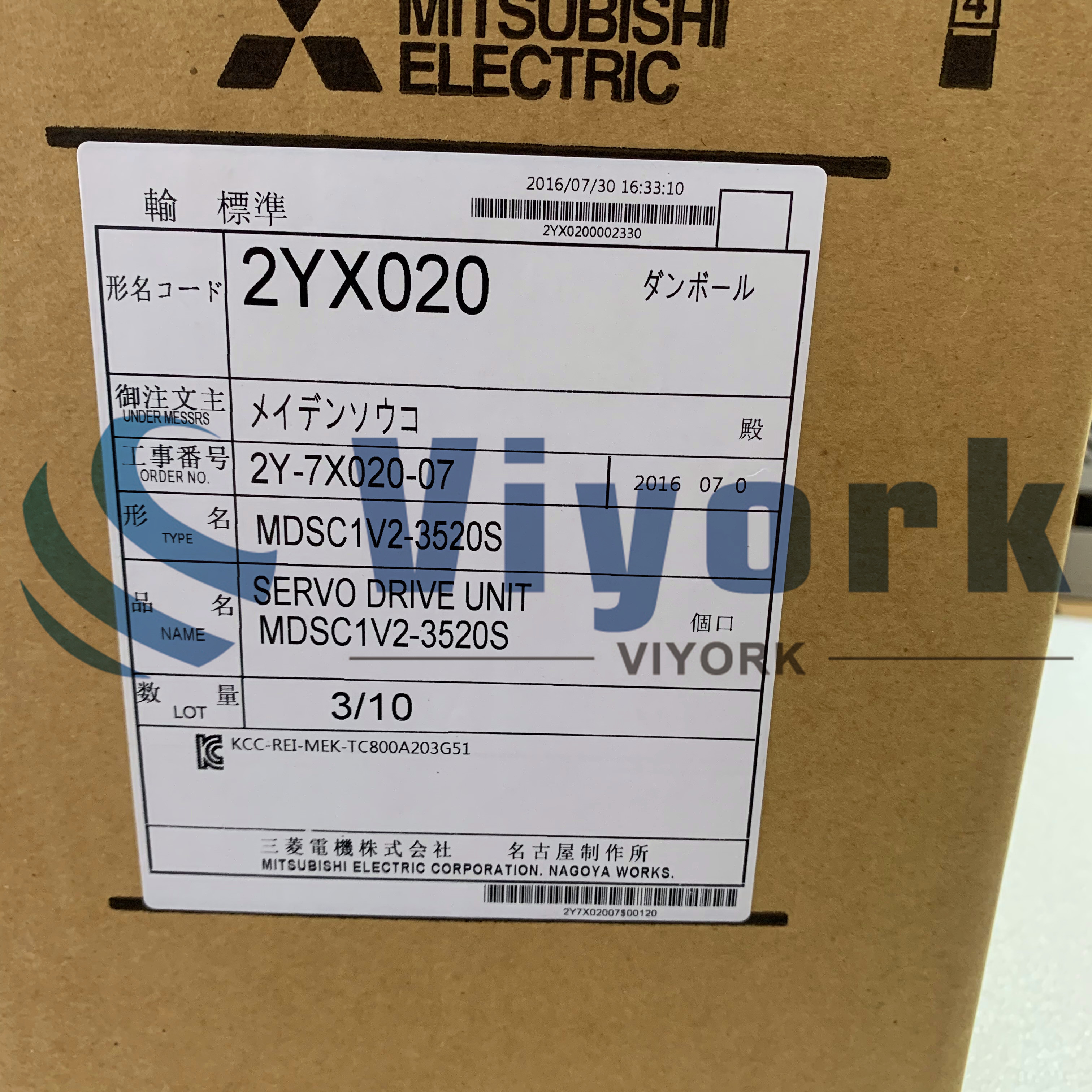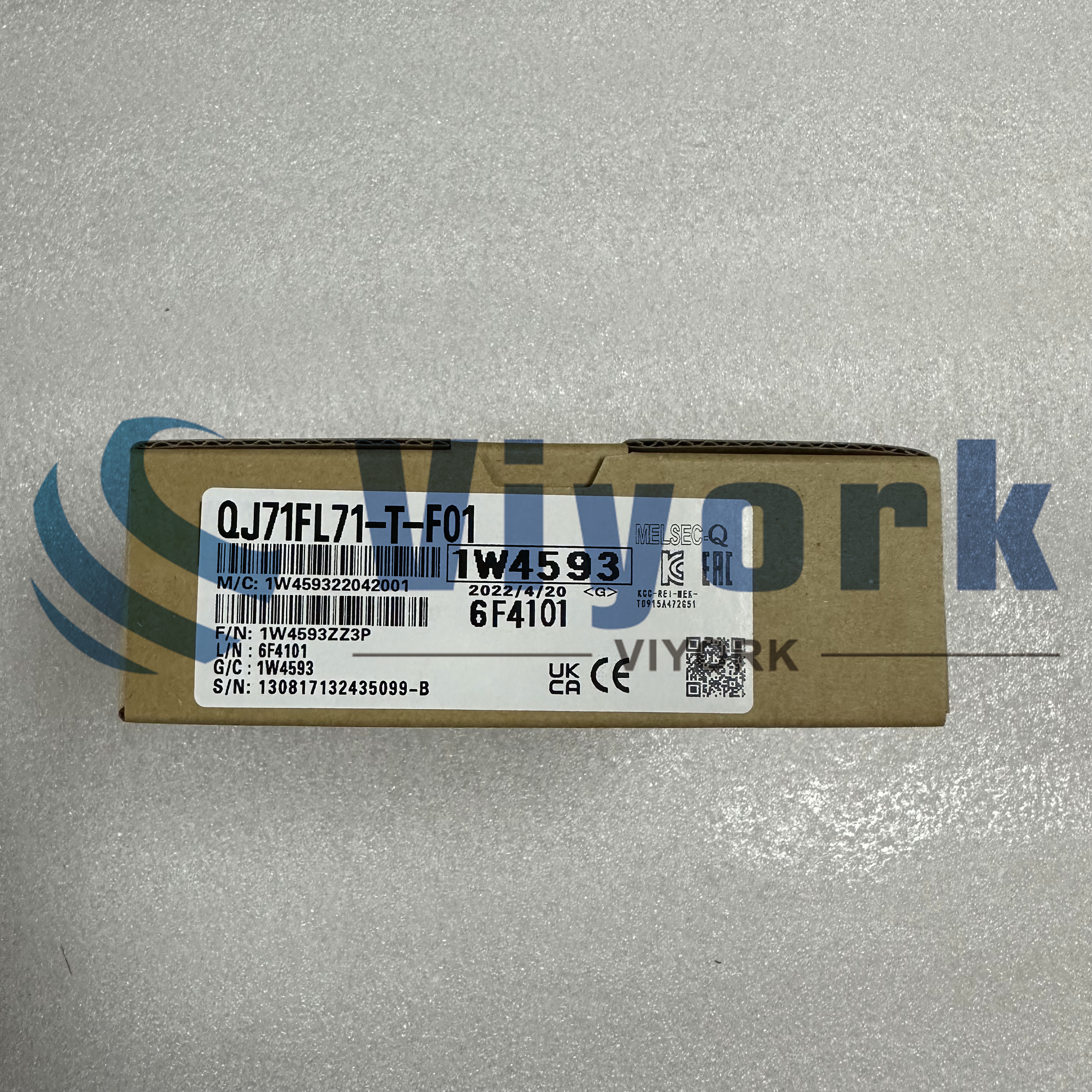With the large-scale application of servo systems, the use of AB servo drives, servo drive debugging, and AB servo drive maintenance are all critical technical issues for AB servo drives today. More and more industrial control technology service providers have conducted in-depth technical research on servo drives.
During the debugging process of the CNC servo drive, overvoltage and overcurrent are two common faults. The following two faults are analyzed to help better the debugger grasp the basic principle and cause of the fault to eliminate the fault faster point so that the equipment can be put into operation as soon as possible.
The voltage referred to here often refers to the DC bus voltage, and the voltage between the main loop circuits P and N of a common market driver is the DC bus voltage. The AB servo drive CPU cannot read very high voltages to read the DC bus voltage, so it is necessary to convert the high voltage into a low voltage that the CPU can read through circuit conversion. Commonly used are the transformer output reading method and the resistance step-down reading method. Take the method.
The main reasons for the high DC bus voltage are as follows. The first type is caused by too high input voltage, and the second deceleration time is too short. For these reasons, the motor's actual speed is higher than the commanded belt of the AB servo drive. At this time, the slip rate of the motor is negative, and the electromagnetic torque generated is the braking torque that hinders the rotation. The motor is in the state of generating electricity, and the load is Kinetic energy is regenerated into electric energy. The freewheeling diode of the IGBT drives the regenerative energy to charge the capacitor, causing the DC bus voltage to rise, which is the regeneration overvoltage.
Because the causes of overvoltage differ in application debugging, the countermeasures used differ as well. Assume there are no special requirements for parking time or location. In that case, the over-voltage phenomenon caused by the parking process can be resolved by increasing the AB servo drive deceleration time or performing a free stop. DC braking or regenerative braking can be used if there are specific requirements for the parking time or position.
During application debugging, if the DC bus voltage is normal and the AB servo drive reports an over-voltage or under-voltage fault, you must consider the driver's problem, whether it is caused by a problem in which part of the detection circuit. The voltage detection circuit can be tested in a targeted manner exclude.
Servo drive over-current faults are the most common and complex faults. When an overcurrent fault occurs, the drive protection circuit will immediately act and stop, and the drive will display the fault code or fault type.
In most cases, you can quickly find the cause of the fault and eliminate the fault according to the fault code displayed by the drive. Still, some over-current faults have multiple reasons, not a single one, but include acceleration, deceleration, and constant-speed over-current, Load sudden change, output short circuit and other factors that may cause over-current protection.
 Call us on:
Call us on:  Email Us:
Email Us:  1103, Block C, South Building, Luo Fang Road, Luohu District, Shenzhen, 518001, China
1103, Block C, South Building, Luo Fang Road, Luohu District, Shenzhen, 518001, China 
